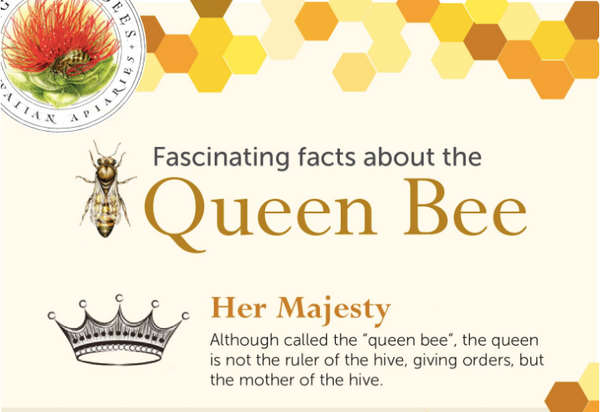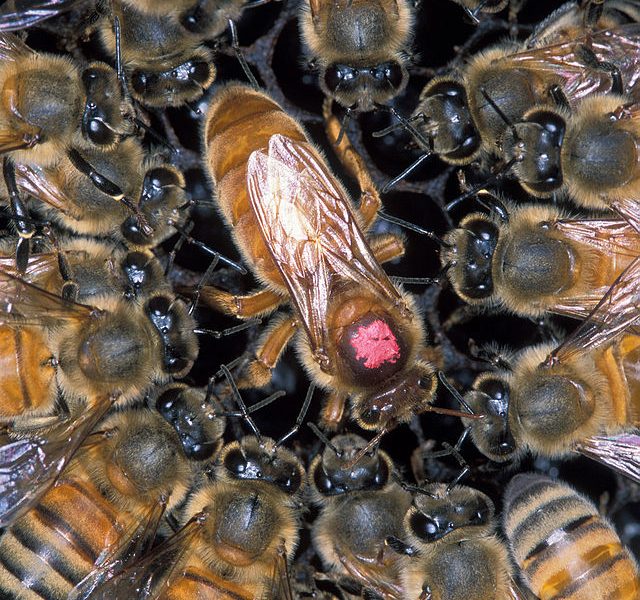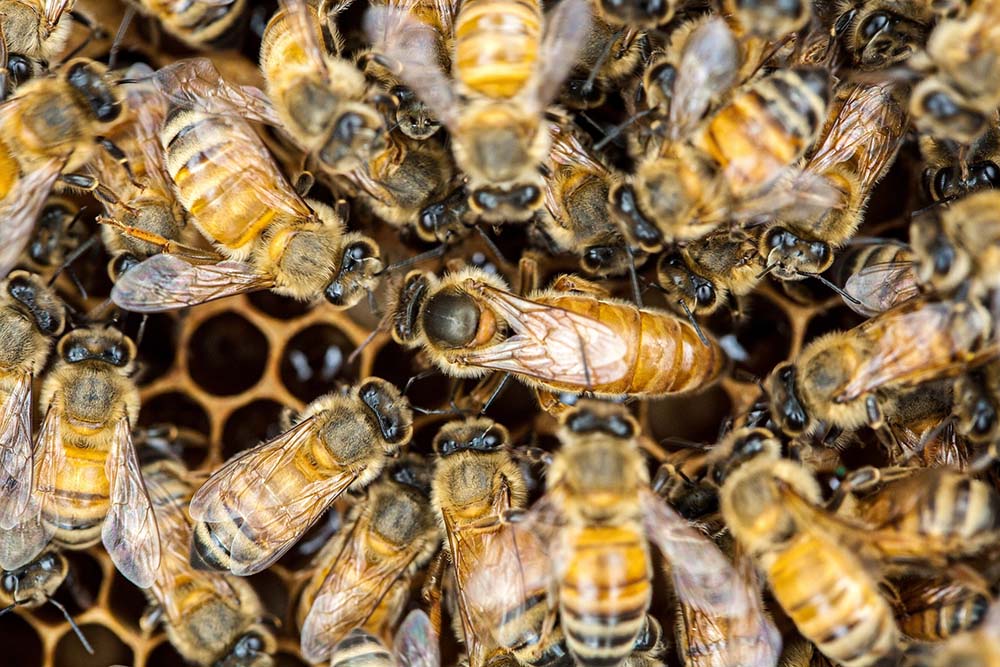
Are you a serious apiarist looking to take your beekeeping skills to the next level? Do you want to learn advanced techniques for hive management, disease prevention, and honey harvesting? Look no further than “Master the Hive: Advanced Beekeeping Techniques for the Serious Apiarist.” This comprehensive guide will provide you with all the information and tools necessary to become a master beekeeper.
With this guide, you will gain a deeper understanding of hive management and how to enhance colony productivity. You’ll also learn about disease prevention and treatment, as well as honey harvesting and processing techniques that will help you produce high-quality honey. Additionally, you’ll discover strategies for averting environmental threats that can harm bee colonies. By following these advanced techniques, not only will your bees thrive but your business or hobby in beekeeping can flourish too. So let’s dive into the world of advanced beekeeping and become masters of the hive!
Understanding Hive Management
You know that understanding how to manage your hive is crucial for maintaining happy and healthy bees. One of the most important aspects of hive management is queen management. The queen bee is responsible for laying eggs and ensuring the continuity of the colony, so it’s essential to keep her healthy and productive.
To manage your queen effectively, you need to learn how to identify her in the hive and monitor her egg-laying patterns. You’ll also need to know when it’s time to replace an old or failing queen with a new one. Another critical aspect of hive management is swarm prevention. Swarming is a natural process that occurs when a colony becomes too large, but it can be detrimental if not managed correctly. By recognizing the signs of swarming and taking preventative measures such as splitting colonies or providing more space, you can avoid losing half of your bees and potentially harming neighboring colonies. Now let’s move on to disease prevention and treatment without delay!
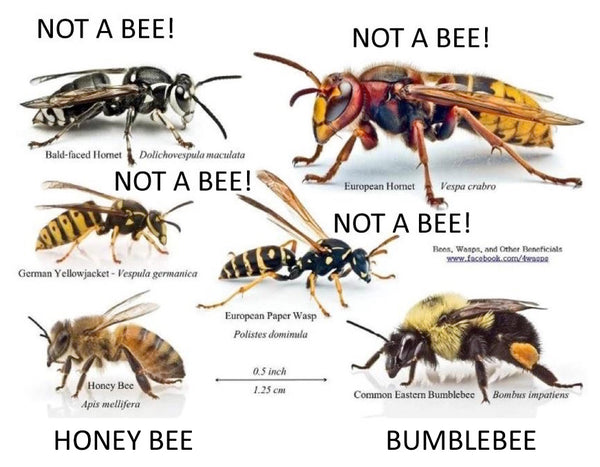
Disease Prevention and Treatment
Preventing and treating disease in your bee colony is crucial for the health and survival of your bees. As an advanced beekeeper, you should have a solid understanding of diagnostic tools and treatment methods to ensure that your bees stay healthy. Regular inspections are key to identifying potential issues early on. You can use various diagnostic tools such as sugar roll tests, sticky boards, and pollen analysis to monitor for pest infestations or diseases like American foulbrood, European foulbrood, or Nosema.
Once identified, it’s important to take swift action using the appropriate treatment method. Antibiotics may be necessary for bacterial infections while organic acids like formic acid or oxalic acid can help control mites. However, prevention is always better than cure when it comes to bee diseases. Practice good hygiene practices and biosecurity measures such as disinfecting equipment between hives and preventing cross-contamination from other colonies or wild bees. By being proactive about disease prevention and treatment, you’ll be able to maintain a thriving hive and produce healthy honey for years to come.
With disease prevention under control, it’s time to move on to honey harvesting and processing without disrupting the hive too much.
Honey Harvesting and Processing
When it comes to honey harvesting and processing, timing is everything. You’ll need to know the optimal time for maximum yield, as well as the techniques that will get you there. Once you’ve harvested your honey, extracting and filtering it correctly is key to producing a high-quality product. Finally, storing and selling your honey requires attention to detail and knowledge of best practices in order to ensure its longevity and marketability. With these tips in mind, you can become an expert at honey harvesting and processing.

Timing and Techniques for Optimal Yield
Get the most out of your beekeeping by understanding when and how to harvest for optimal yield. To ensure you are harvesting at the right time, it is important to follow these best practices:
- Monitor the hive regularly: Keep a close eye on your hive and monitor its growth. This will help you determine when your bees have reached their peak honey production.
- Consider seasonal changes: The timing of your harvest will vary depending on the season. Be aware of weather patterns and how they might impact nectar flow in your area.
- Use refractometers: Refractometers are an essential tool for measuring the sugar content of honey. By using one, you can determine when your honey has reached maximum ripeness.
- Leave enough honey for winter: It’s important to leave enough honey in the hive for your bees to survive through winter. As a general rule, aim to leave at least 60 pounds (27 kg) of honey per colony.
By following these guidelines, you can maximize your yield while ensuring that you don’t harm your bees or their habitat. Now that you know when and how to harvest, let’s move on to extracting and filtering techniques.
(Note: The subsequent section about ‘extracting and filtering techniques’ is not included as part of this prompt.)
Extracting and Filtering Techniques
Now we’ll explore how to extract and filter your honey for the best taste and texture, and see if all those YouTube tutorials on DIY extraction methods are actually worth trying out. Hot knives, gravity filters: unique extraction methods that can bring out the best in your honey. However, before investing in any equipment or trying out any method, it is important to understand the importance of maintaining purity by cleaning and sanitizing equipment.

When it comes to extracting honey from comb, hot knives can be a great tool. They allow you to easily cut through the wax without damaging the comb or spilling too much honey. Gravity filters are also an effective way to remove debris from your honey while preserving its natural flavors. However, before using any equipment it is important to clean and sanitize it properly. Any residual dirt or bacteria can contaminate your honey and ruin its flavor. This step is crucial if you plan on selling your honey commercially as regulations require strict adherence to cleanliness standards. Once you have extracted and filtered your honey properly, it’s time to move onto storing and selling your product without compromising quality.
Storing and Selling Your Honey
So, you’ve successfully extracted and filtered your honey – now it’s time to learn how to properly store and sell it to ensure maximum freshness and flavor for your customers. Packaging options play a crucial role in maintaining the quality of your honey. Glass jars with tight-fitting lids are the most popular choice as they allow customers to see the golden hue of the honey while also protecting it from moisture and air. Plastic containers should be avoided as they can leach chemicals into the honey, altering its taste and aroma. Additionally, labeling your packaging with details such as harvest date, floral source, and any certifications obtained can help attract customers who value transparency.
Marketing strategies also play an important role in selling your honey. Social media platforms such as Instagram or Facebook can be used to showcase your product and connect with potential customers. Hosting tasting events at local farmers’ markets or partnering with nearby restaurants can also increase exposure for your brand. Finally, offering different sizes or types of packaging such as gift sets or bulk orders can cater to a variety of customer preferences. With these tips in mind, you’ll be able to effectively package and market your honey while ensuring its quality remains intact.
Moving on from storing and selling honey, enhancing colony productivity is another key aspect of successful beekeeping that requires attention and care.

Enhancing Colony Productivity
To enhance your colony productivity, you need to explore and implement different techniques. One of the most important is pollination. By using various methods such as cross-pollination, you can increase your bee population and improve their foraging abilities. Additionally, supplementing their diet using different feeding methods can help promote overall health and increase honey production. Finally, breeding and genetics play a crucial role in developing strong colonies that are resistant to diseases and parasites. By focusing on these aspects of beekeeping, you can ensure a successful harvest season every year.
Pollination Techniques
If you want your bees to be the talk of the town, try these out-of-the-box pollination methods. Hybrid pollination is a technique that involves introducing different species of bees into a hive to increase genetic diversity and improve overall productivity. This method has been proven effective in increasing crop yield and quality, especially for plants that rely on cross-pollination. Urban beekeeping can also benefit from hybrid pollination as it allows for the introduction of non-native species that may not naturally exist in an urban environment.
Another innovative pollination technique is drone-assisted pollination. Drones are male bees that do not have stingers but have strong flying capabilities, making them efficient at carrying pollen from one flower to another. By using drones, beekeepers can increase their chances of successful pollination by targeting specific flowers or areas of the garden where traditional honeybees may not venture. With these advanced techniques, you can take your beekeeping game to the next level and enjoy bountiful crops year after year. Now, let’s explore supplemental feeding methods to ensure your hives stay healthy and productive all season long.
Supplemental Feeding Methods
You’ll want to keep your bees healthy and productive all season long, and the best way to do that is by using these simple yet effective supplemental feeding methods. First, consider alternative sweeteners like honey or maple syrup instead of refined sugar. Not only are they healthier for your bees, but they also promote better colony health and vitality. Second, add bee-friendly plantings around your apiary to provide a natural source of food for your bees. This can help reduce the need for supplemental feeding while improving the overall health of your colonies.
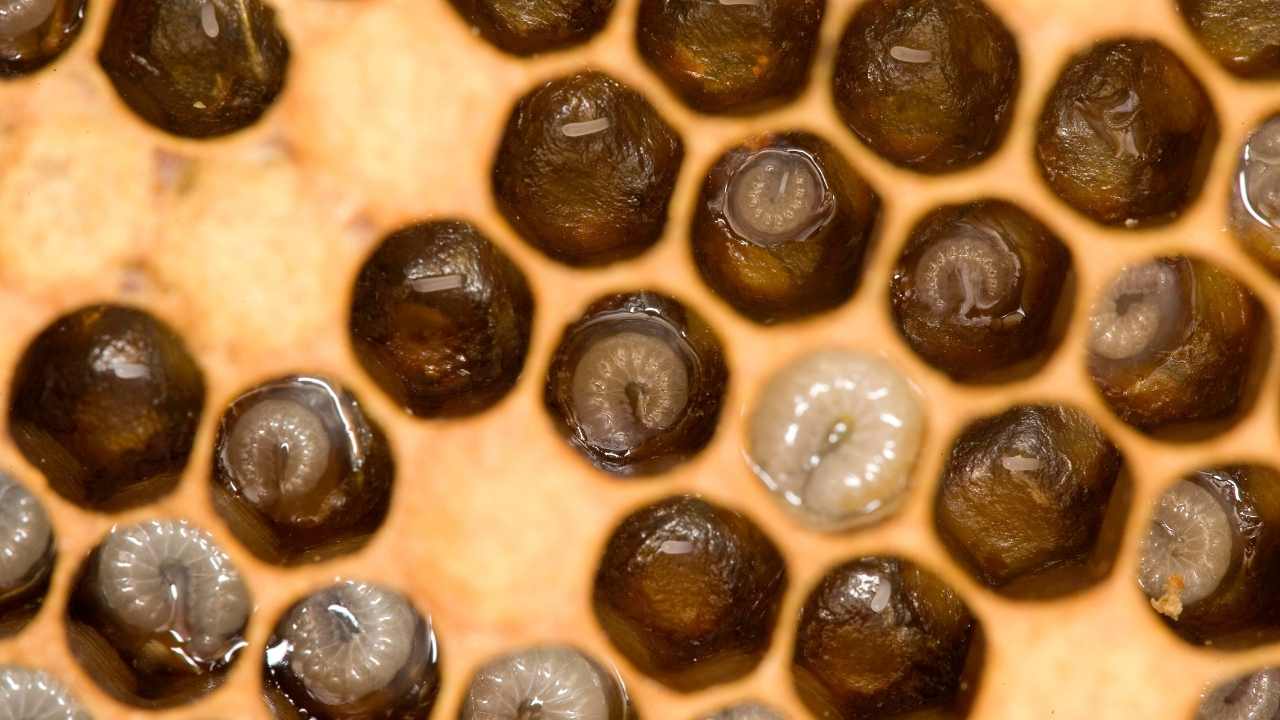
Third, make sure you’re providing enough protein in their diet with pollen patties or soy flour. Protein is essential for brood development, so it’s important not to overlook this aspect of their nutrition. Fourth, use an entrance feeder or top feeder to provide access to liquid feed without exposing them to potential robbers or pests. By implementing these supplemental feeding methods, you’ll be able to ensure that your bees stay healthy and productive throughout the season.
Now let’s talk about breeding and genetics as another key aspect of maintaining strong bee colonies.
Breeding and Genetics
Breeding and genetics are vital components of successful beekeeping, as they can determine the health and productivity of a colony. Selective breeding involves choosing colonies with desirable traits, such as honey production or disease resistance, and allowing them to breed with one another. This process can be time-consuming but is worth the effort in the long run. By selectively breeding colonies, you can create bees that are better suited for your specific environment and needs.
Genetic diversity is also essential for maintaining healthy hives. Inbreeding can lead to weaker immune systems and increased susceptibility to diseases. Therefore, it’s crucial to introduce new genetic material into your hives regularly. This can be done by purchasing queens from reputable breeders or introducing new worker bees from other colonies. By promoting genetic diversity in your hives through selective breeding and introducing new genetics, you can help ensure the continued success of your apiary.
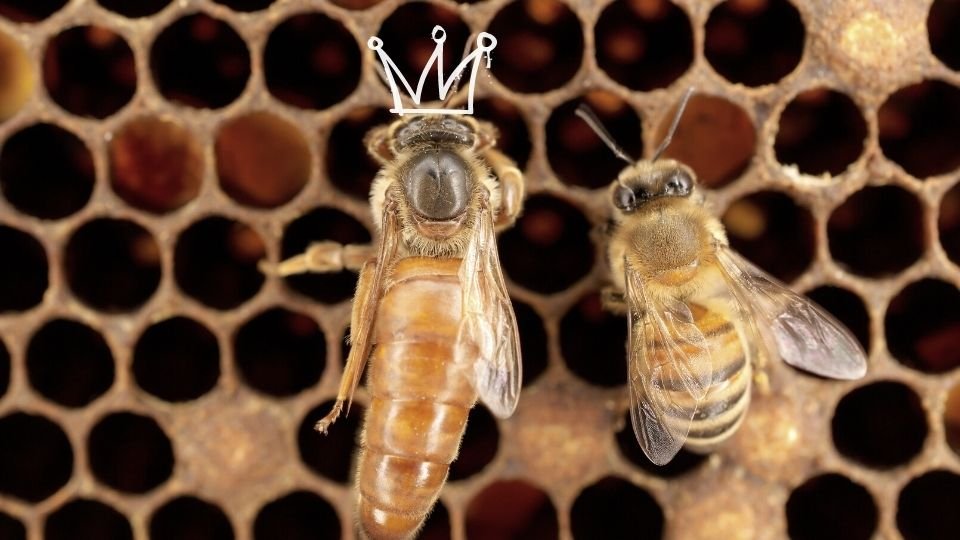
Maintaining a healthy bee colony requires more than just good breeding practices; it also means being vigilant about environmental threats like pesticides and habitat loss.
Averting Environmental Threats
To ensure the health and productivity of your colony, it’s crucial to take action in preventing pesticide exposure. This means being aware of the chemicals used in your area and taking measures to avoid them. Additionally, habitat destruction can greatly affect bee populations, so it’s important to be mindful of land use and advocate for conservation efforts. Finally, with climate change affecting bee behavior and plant bloom times, adapting to these changes is essential for successful beekeeping. By implementing these practices, you can help protect your bees from environmental threats and promote a thriving hive.
Pesticide Exposure Prevention
If you’re a serious apiarist, avoiding pesticide exposure is crucial to the success and survival of your hive. How can you minimize the risk? Here are three tips to keep in mind:
- Use organic alternatives: Pesticides may be tempting because they seem like an easy solution, but they come with a lot of risks. Instead, look for organic alternatives that won’t harm your bees or contaminate their honey.
- Choose your location carefully: The location of your hive plays a big role in determining how likely it is to encounter pesticides. Avoid placing hives near agricultural areas or other places where pesticides are frequently used.
- Stay informed: Keep up-to-date on local pesticide use and any regulations in place so you can make informed decisions about when and where to move your hives if necessary.
By following these steps, you can help ensure that your bees stay healthy and produce high-quality honey without being exposed to harmful chemicals. Now that you’ve learned how to protect your hive from environmental threats such as pesticides, let’s talk about another important topic – avoiding habitat destruction.
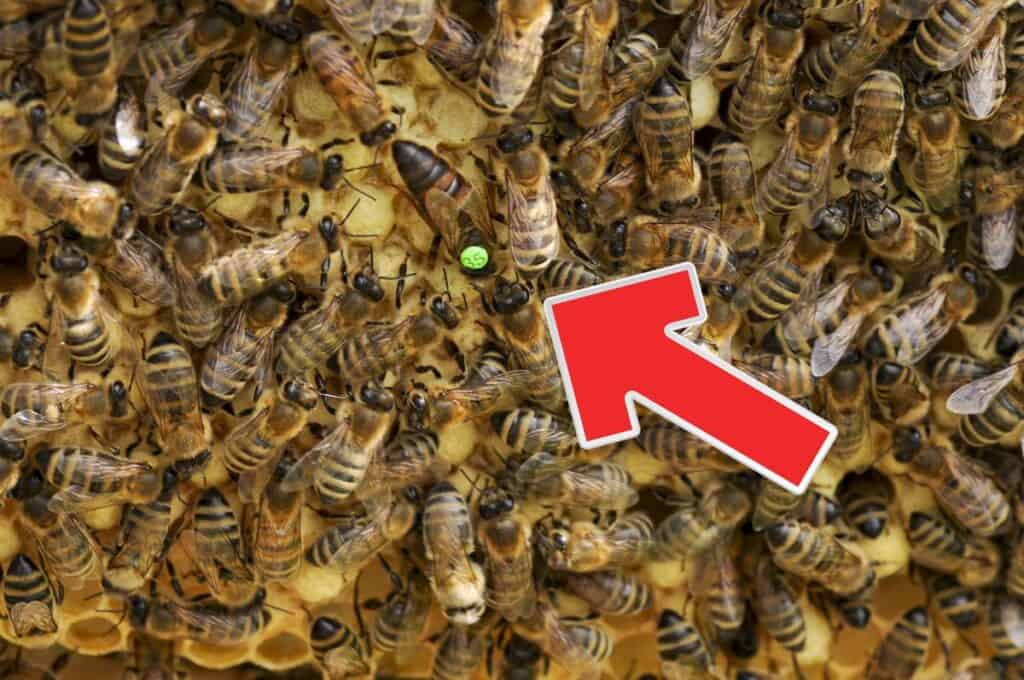
Avoiding Habitat Destruction
Avoiding habitat destruction is crucial for maintaining a healthy environment for bees to thrive in and continue producing high-quality honey. Conservation practices must be implemented to ensure that the habitats where bees live and feed are not destroyed or degraded. This includes protecting natural areas, such as forests and meadows, as well as agricultural lands where crops are grown.
Sustainable beekeeping also plays an important role in avoiding habitat destruction. By practicing responsible beekeeping techniques, such as limiting hive density and providing adequate food sources for bees, we can reduce the stress on local environments caused by large numbers of hives in one area. Additionally, choosing to purchase honey from sustainable beekeepers supports these efforts and encourages others to do the same. Conserving habitats and promoting sustainable beekeeping practices benefits not only bees but also the larger ecosystem they are a part of.
As our climate continues to change, it is important to adapt our beekeeping practices accordingly. Climate change adaptation involves identifying and addressing potential threats to bee habitats due to changes in temperature patterns, rainfall amounts, and other factors related to climate change. By being proactive in our approach to conservation practices and sustainable beekeeping, we can help ensure that bees have a healthy environment in which they can thrive despite these challenges.
Climate Change Adaptation
So, you think you can just sit back and let climate change wreak havoc on bee habitats? Think again, friend. It’s time to adapt and take action to ensure a healthy future for our buzzy little friends. Adapting colonies to weather fluctuations is crucial in ensuring their survival. You can start by providing your hive with insulation during winter months. Hive insulation helps regulate temperature, keeping bees warm during cold snaps and cool during heatwaves.

Another way to help your bees adapt is by planting native flowers that bloom earlier or later than usual due to climate shifts. This ensures a steady supply of nectar and pollen throughout the year. Additionally, keeping an eye on local weather patterns can help you predict when blooms will occur so that you can plan accordingly. By adapting your beekeeping practices, you’re helping safeguard the future of these critical pollinators. Now let’s dive into how continuing education and community involvement are essential components in becoming a master apiarist.
Continuing Education and Community Involvement
Stay up-to-date and connected with other beekeepers by engaging in continuing education and local community involvement. Attending local events such as workshops, seminars, and conferences can provide you with valuable insights on the latest trends and techniques in beekeeping. You can also learn from experienced beekeepers who have been practicing the craft for years through mentorship programs. These events not only give you an opportunity to learn but also to connect with other like-minded individuals who share your passion for bees.
Community involvement is another way to stay connected with fellow beekeepers while giving back to the environment. Volunteering at a local apiary or participating in a community garden project can help you gain hands-on experience while also educating others about the importance of bees in our ecosystem. By actively engaging in your local community, you can make a positive impact on both individual lives and the environment as a whole. So why not take advantage of these opportunities and continue your education while making meaningful connections?
Frequently Asked Questions
How do I successfully introduce a new queen to my hive?
Did you know that up to 90% of queen introductions fail? But don’t let that discourage you. There are some Queen introduction tips and hive acceptance strategies that can help increase your chances of success. First, make sure the queen is in a cage for at least three days so the workers can get used to her pheromones without attacking her. Then, place the cage between two frames with brood to encourage worker bees to attend to her needs. Finally, gradually release the queen into the hive over several days, checking on her progress regularly. With patience and these techniques, you’ll have a higher chance of successfully introducing a new queen to your hive and ensuring its continued productivity.
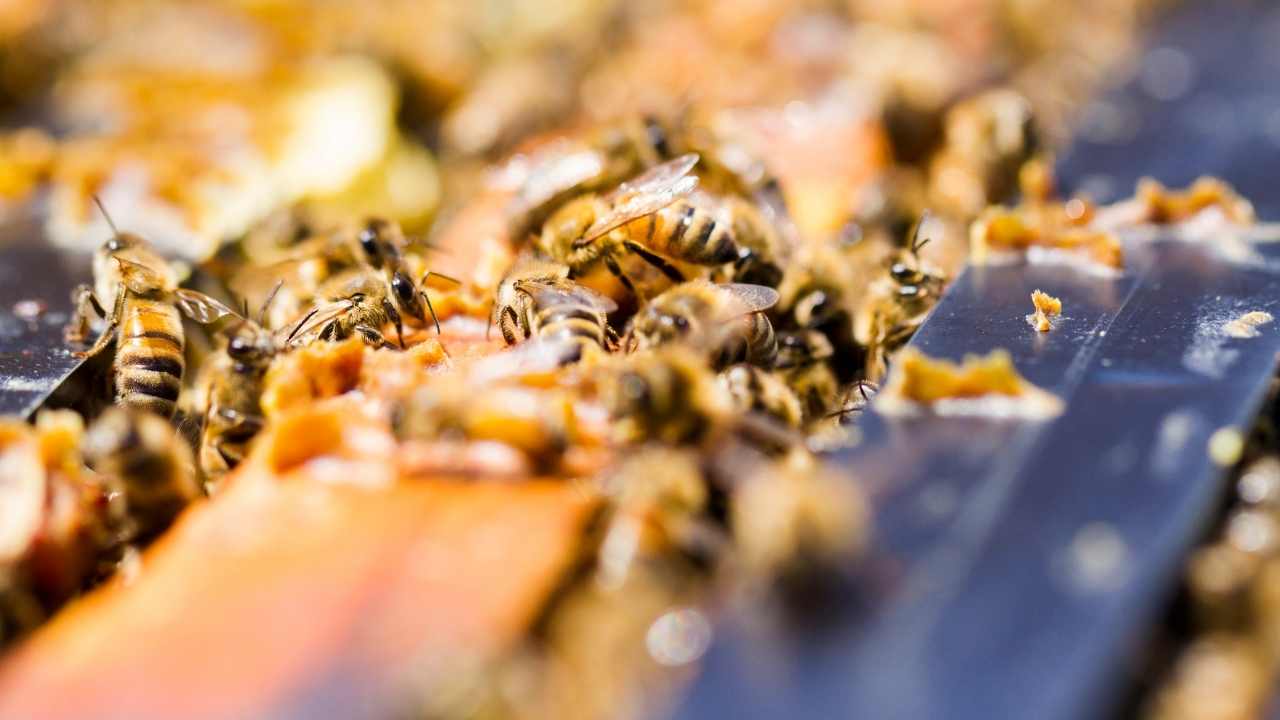
What are some effective ways to control varroa mites without using chemical treatments?
If you want to control varroa mites in your hive without using chemical treatments, there are a few natural remedies you can try. One option is to use powdered sugar, which can help dislodge the mites from the bees. Another option is essential oils like thyme or tea tree oil, which can be added to sugar syrup or applied directly to the hive. Breeding programs can also help reduce mite infestations over time by selecting for traits that make bees more resistant to them. It’s important to regularly monitor your hives for signs of varroa mites and take action as soon as possible if you notice an infestation.
How can I encourage my bees to produce more propolis?
If you’re looking to get more propolis from your bees, there are a few things you can do. First, it’s important to know that not all colonies produce the same amount of propolis – some produce more than others. But on average, a single hive can produce up to half a pound of propolis per year! To encourage your bees to make more, try using hive manipulation techniques like removing frames or adding new ones. You can also place propolis traps in the hive to collect excess material. When it comes time for Propolis harvesting, be sure to do so carefully and with proper equipment so as not to damage the hive or harm the bees. With these tips and tricks, you’ll be well on your way to producing plenty of this valuable substance for use in everything from medicine to cosmetics.
What are the best practices for transitioning a hive from winter to spring?
As spring approaches, it’s crucial to transition your hive from winter mode to a flourishing springtime state. Spring feeding is essential to ensure that your bees have enough food and resources to start building up their population for the busy season ahead. Brood management is also important during this time, as you’ll want to make sure that your colony has a healthy and thriving brood pattern. This involves checking for diseases or pests in your hive, ensuring proper ventilation, and keeping an eye on the temperature inside the hive. By following these best practices, you’ll set yourself up for a successful beekeeping season and be able to serve both your bees and community with high-quality honey products.
How can I prevent my bees from swarming during the peak honey flow season?
You’re a beekeeper who wants to prevent swarming during the peak honey flow season. Queen management is key in ensuring that your bees don’t swarm. Make sure that you have enough space for your bees by adding supers as needed and regularly inspecting your hives to check for overcrowding. If you do see signs of queen cells, remove them immediately and consider splitting the hive before the bees get too crowded. Another important aspect of swarm prevention is maintaining good ventilation within your hives, so make sure that there’s plenty of airflow. Additionally, providing ample food resources can help deter swarming behavior. By following these tips, you’ll be able to keep your bees happy and healthy while maximizing honey production – without any unwanted swarms! And trust us when we say: preventing a swarm is like winning the beekeeping Olympics!
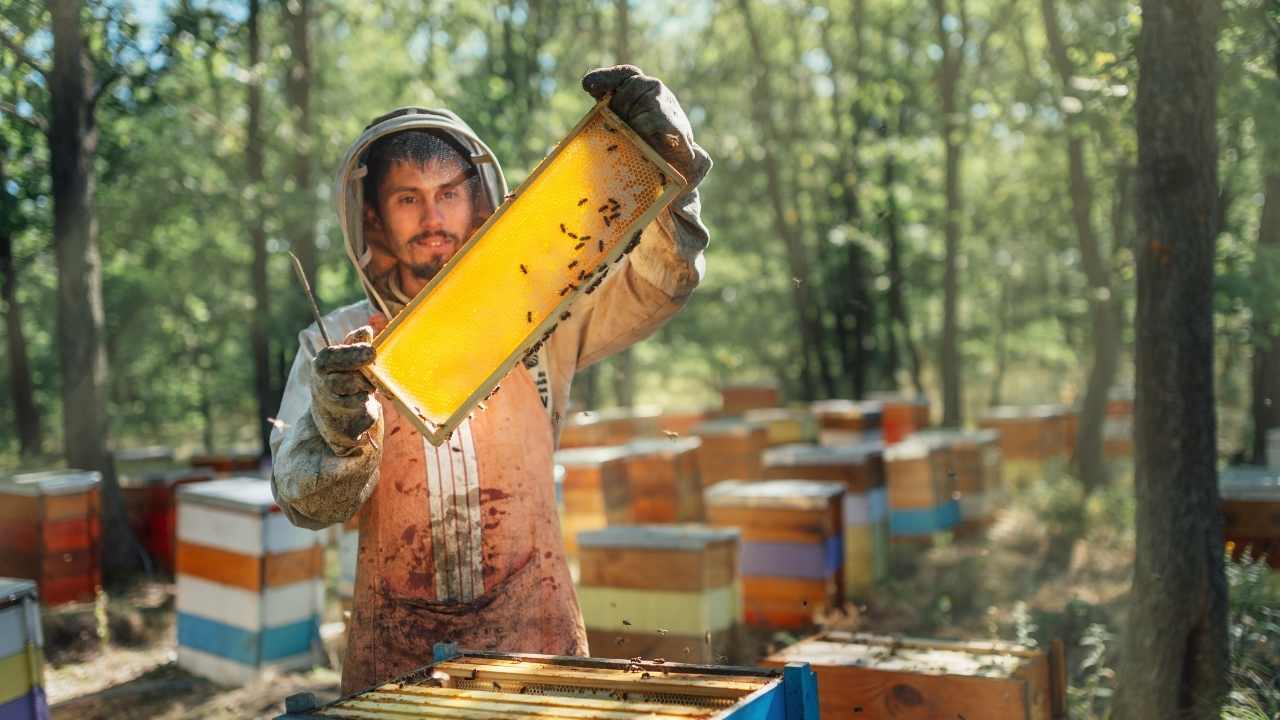
Conclusion
Congratulations! You’ve now mastered the hive and are well on your way to becoming a top-notch apiarist. But don’t stop here – there is always more to learn and new techniques to implement.
Keep up with hive management by regularly inspecting your hives and monitoring for any signs of disease or pests. Remember, prevention is key, but if treatment is necessary, stay up-to-date on the latest methods available.
When it’s time for honey harvesting, make sure you have the proper equipment and processing techniques in place to ensure a successful harvest. And don’t forget about enhancing colony productivity through techniques such as queen rearing or swarm control.
As you continue on this beekeeping journey, remember the importance of aversion when it comes to environmental threats like pesticides or habitat loss. Stay educated on these issues and use your voice within your community to make a difference.
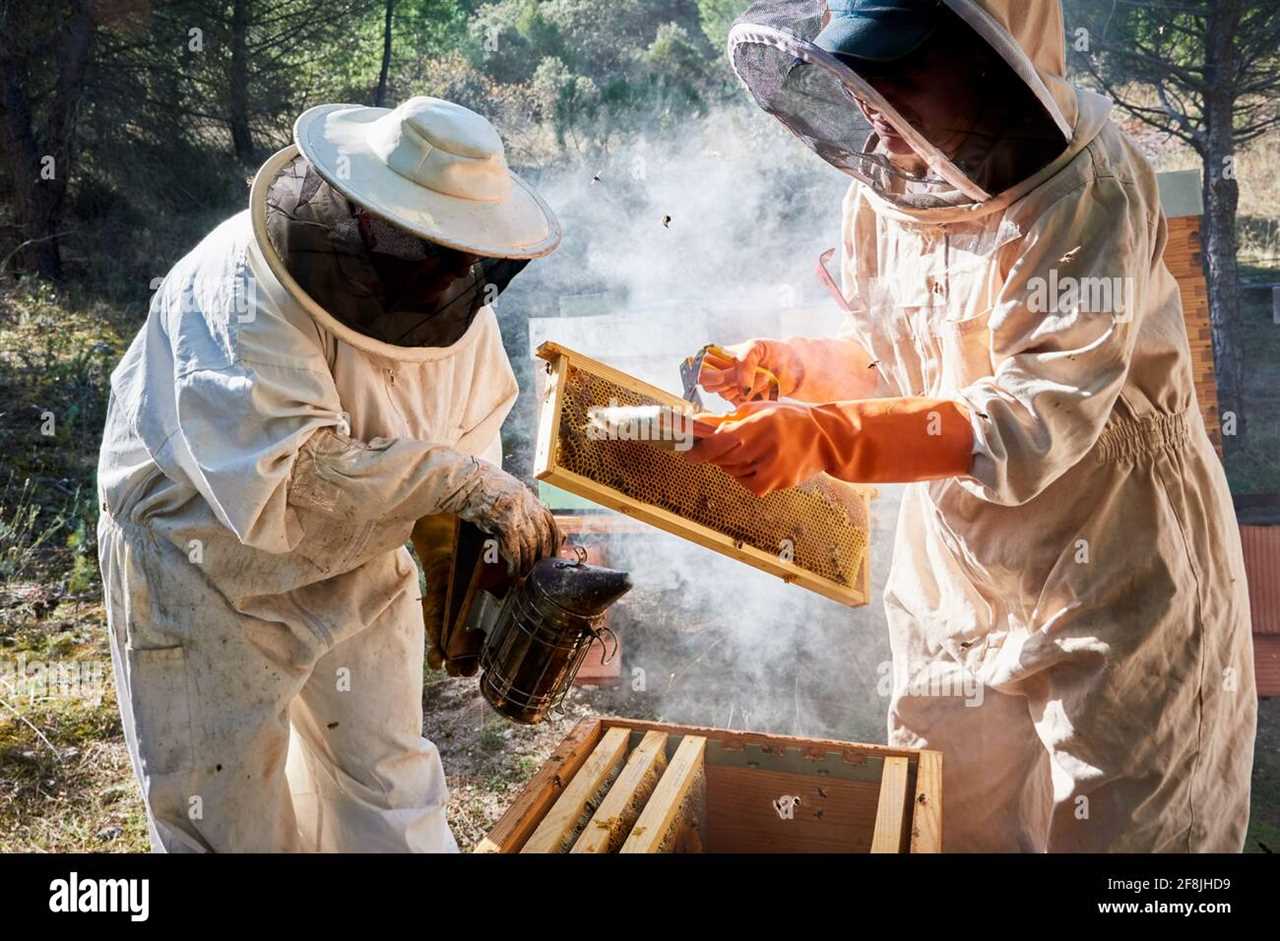
In the end, being a serious apiarist means continuing education and community involvement. So keep learning, keep growing, and always be buzzing with excitement for all things bees! As they say in old-timey speak: “You’re the bee’s knees!” … and with your dedication to the craft, you’re sure to create a hive of activity in your community that will benefit both bees and humans alike!

Roger Thomas is a seasoned beekeeper and hive architect with a deep-seated passion for sustainable living. His fascination with bees has shaped his professional career, giving him practical and theoretical expertise in bee behavior, colony health, and optimal hive conditions. Roger’s technical skills shine in his bespoke hive creations that cater to the specific needs of diverse bee species, while his sustainable practices promote environmental balance and the wellbeing of the bee population.
As he continues his journey in beekeeping, Roger has become a dedicated advocate for responsible practices and an insightful educator in his field. His posts aim to inspire new beekeepers, underline the importance of sustainability, and showcase the remarkable contribution bees make to our ecosystem. Roger invites you to join him as he delves into the world of bees and the rewarding, honey-sweet art of beekeeping.
